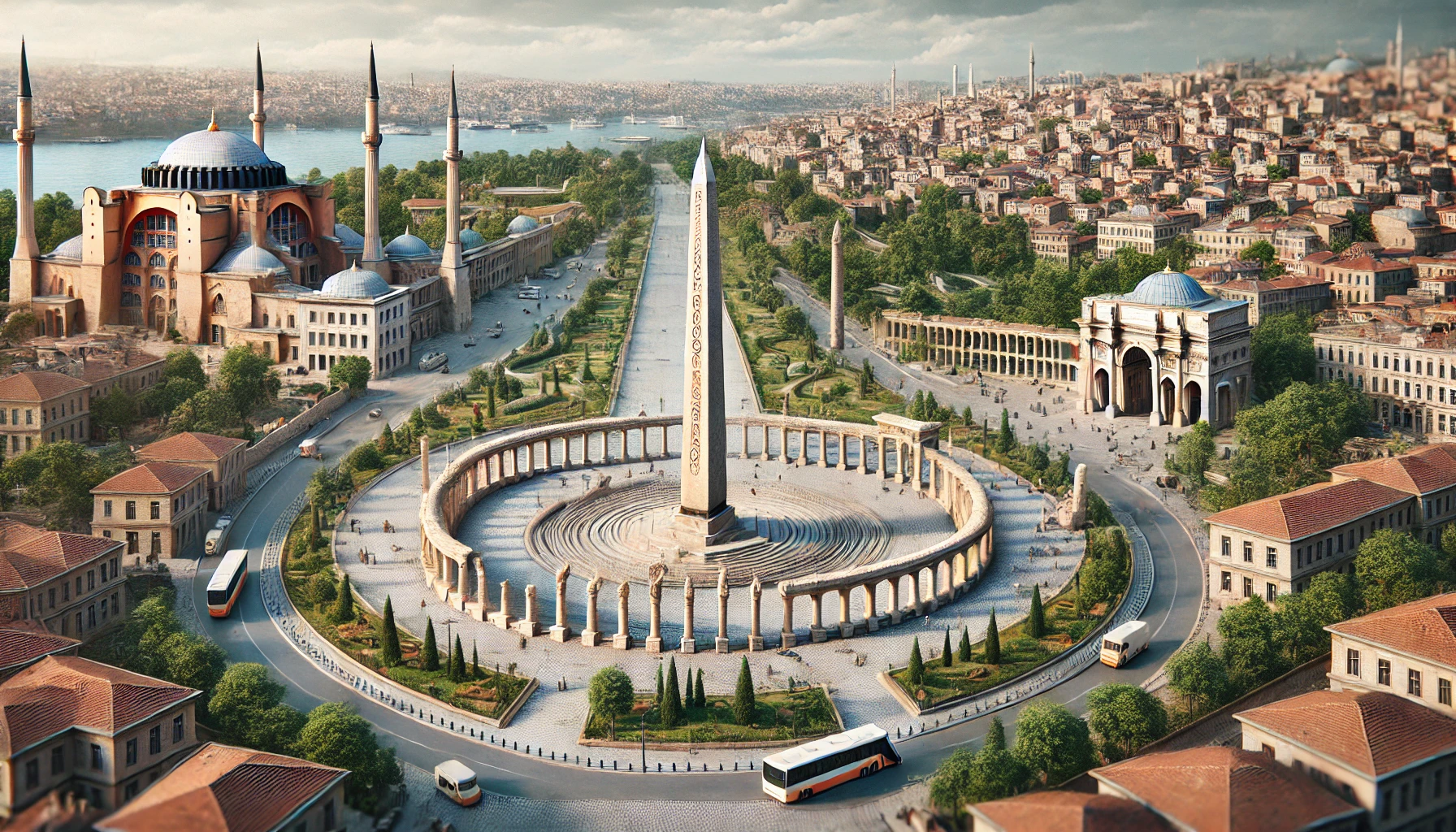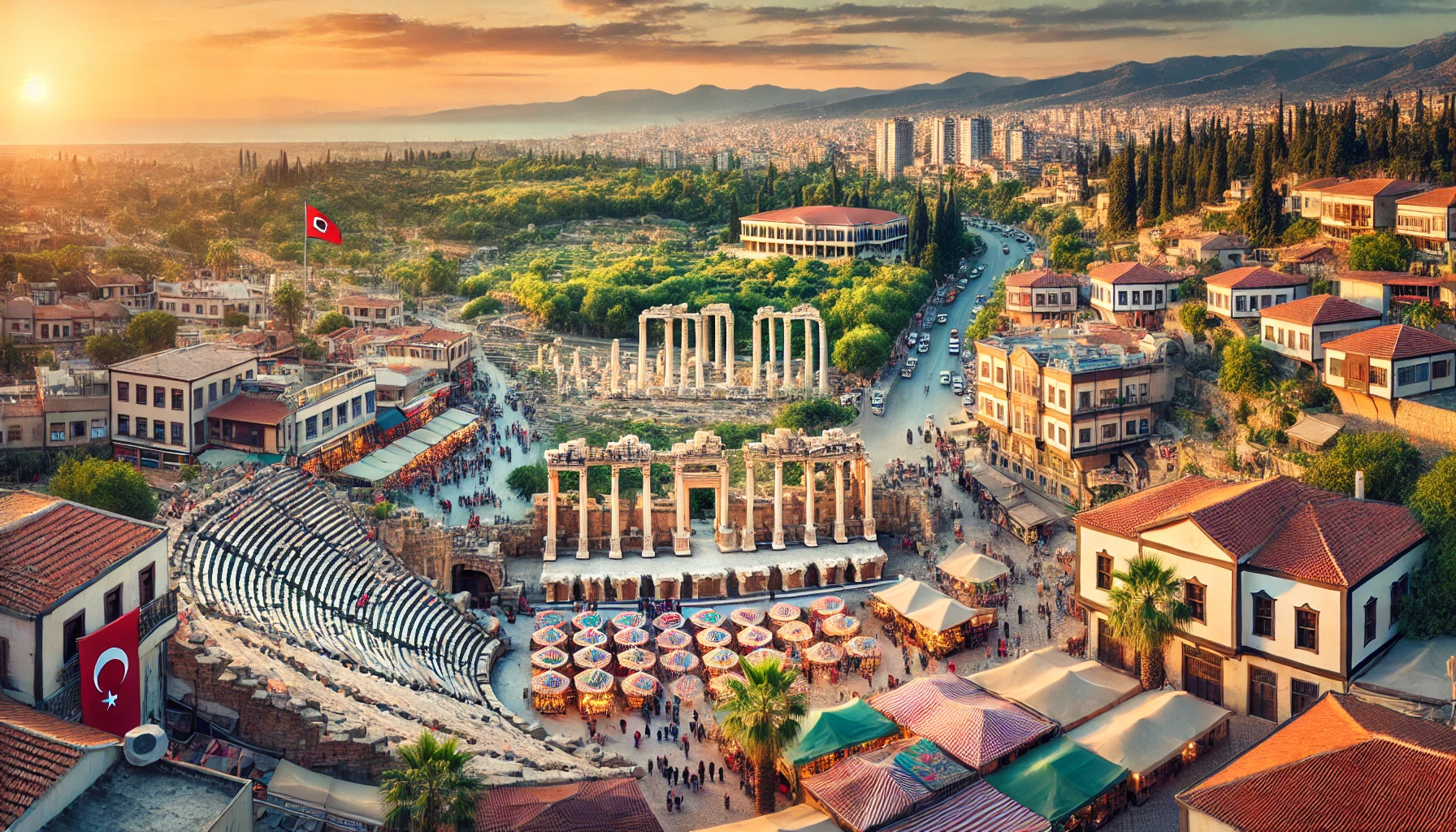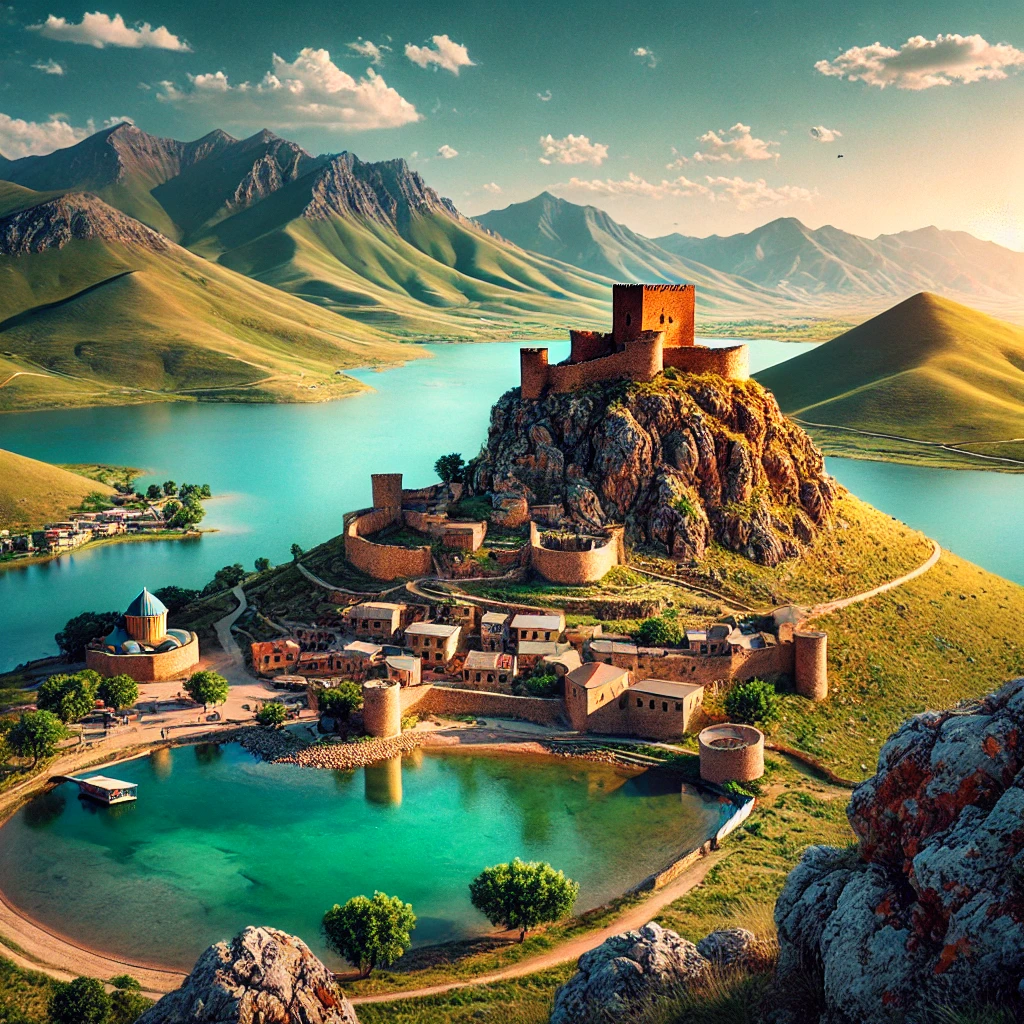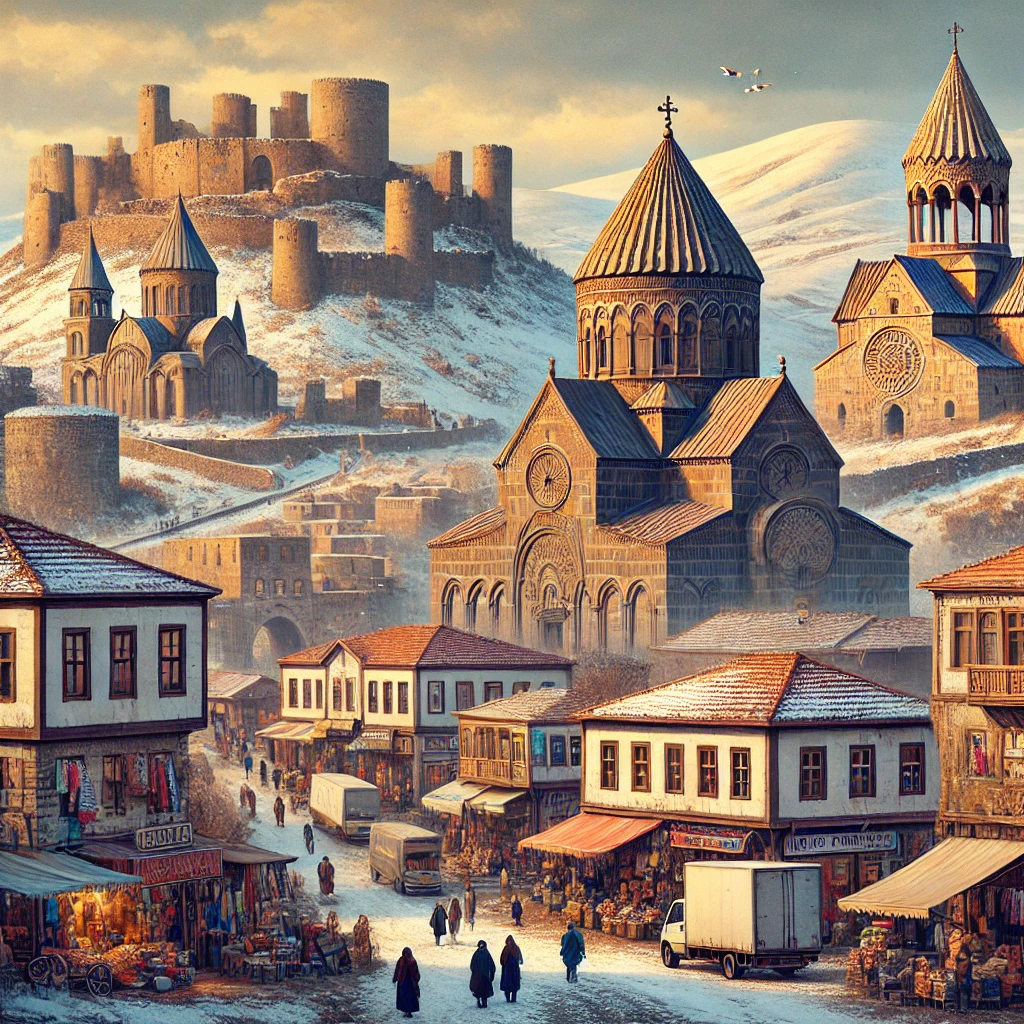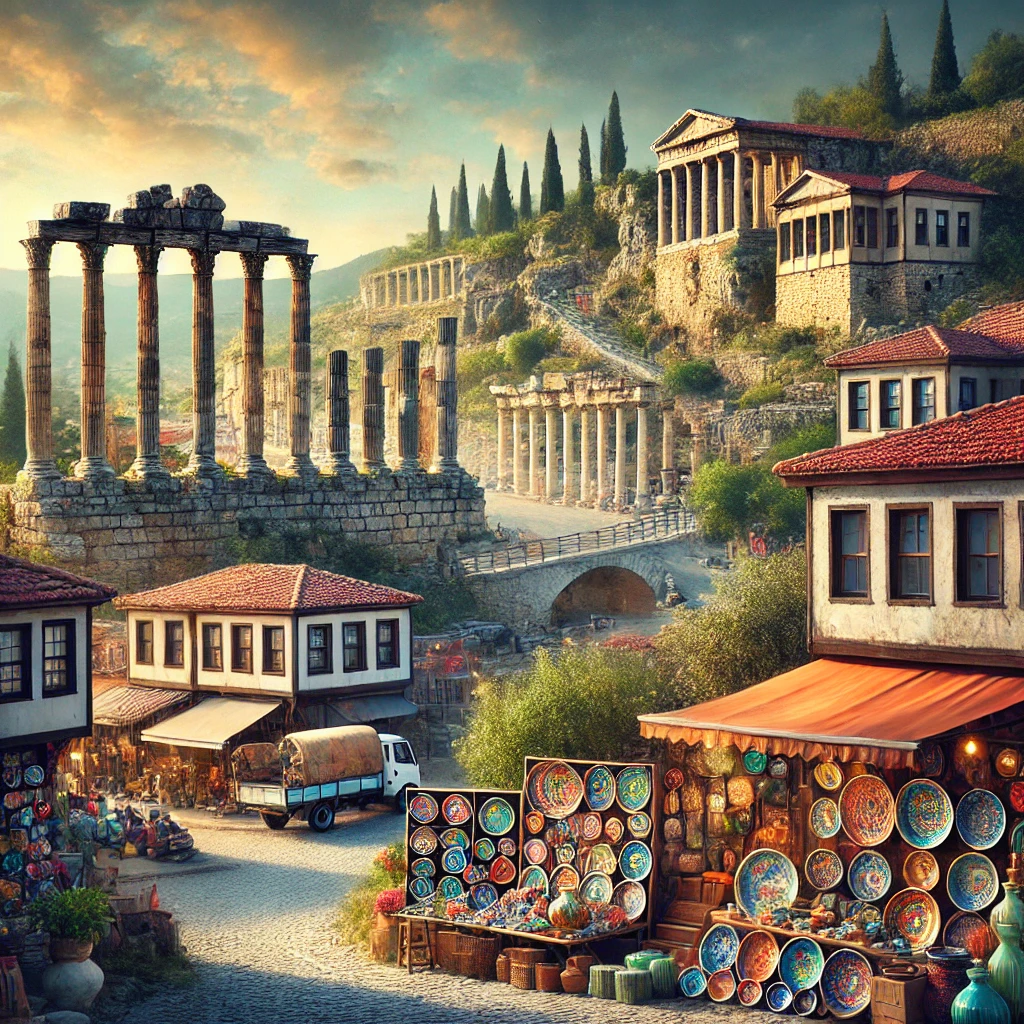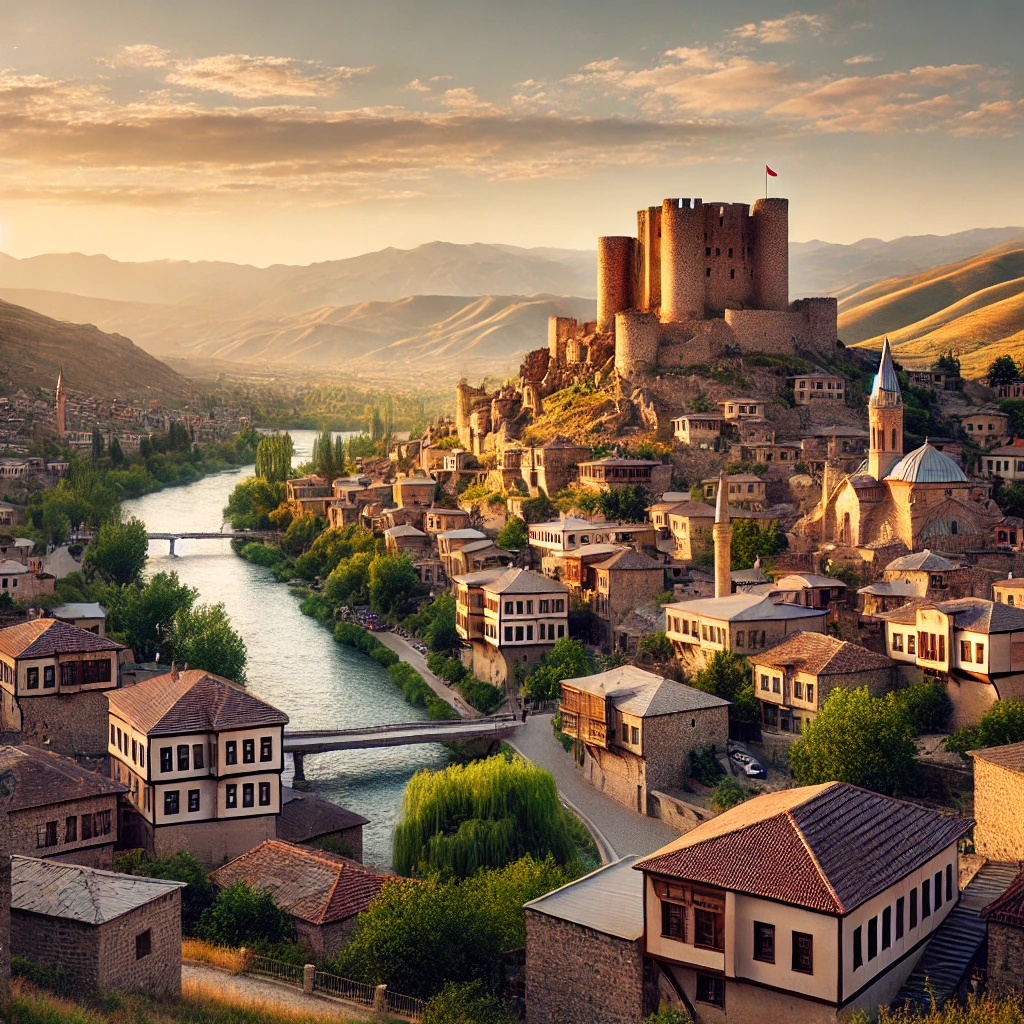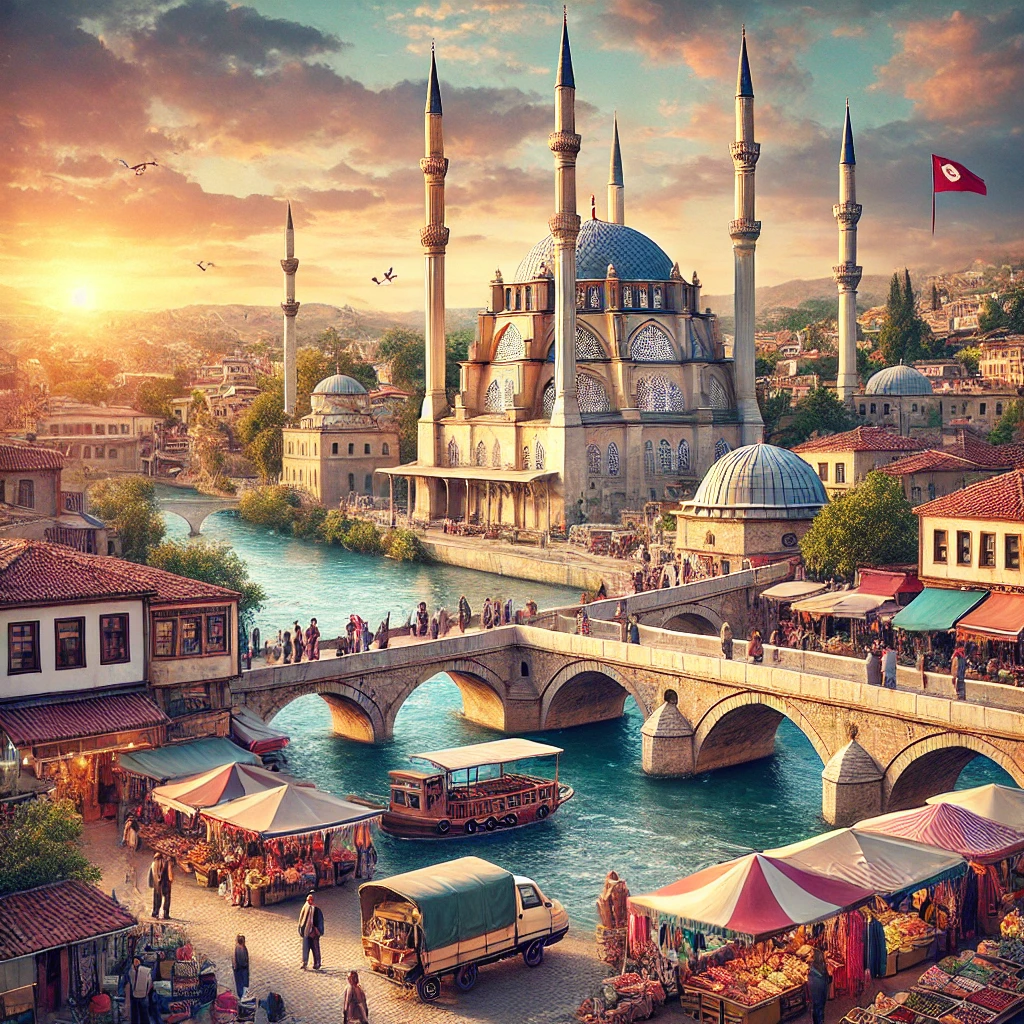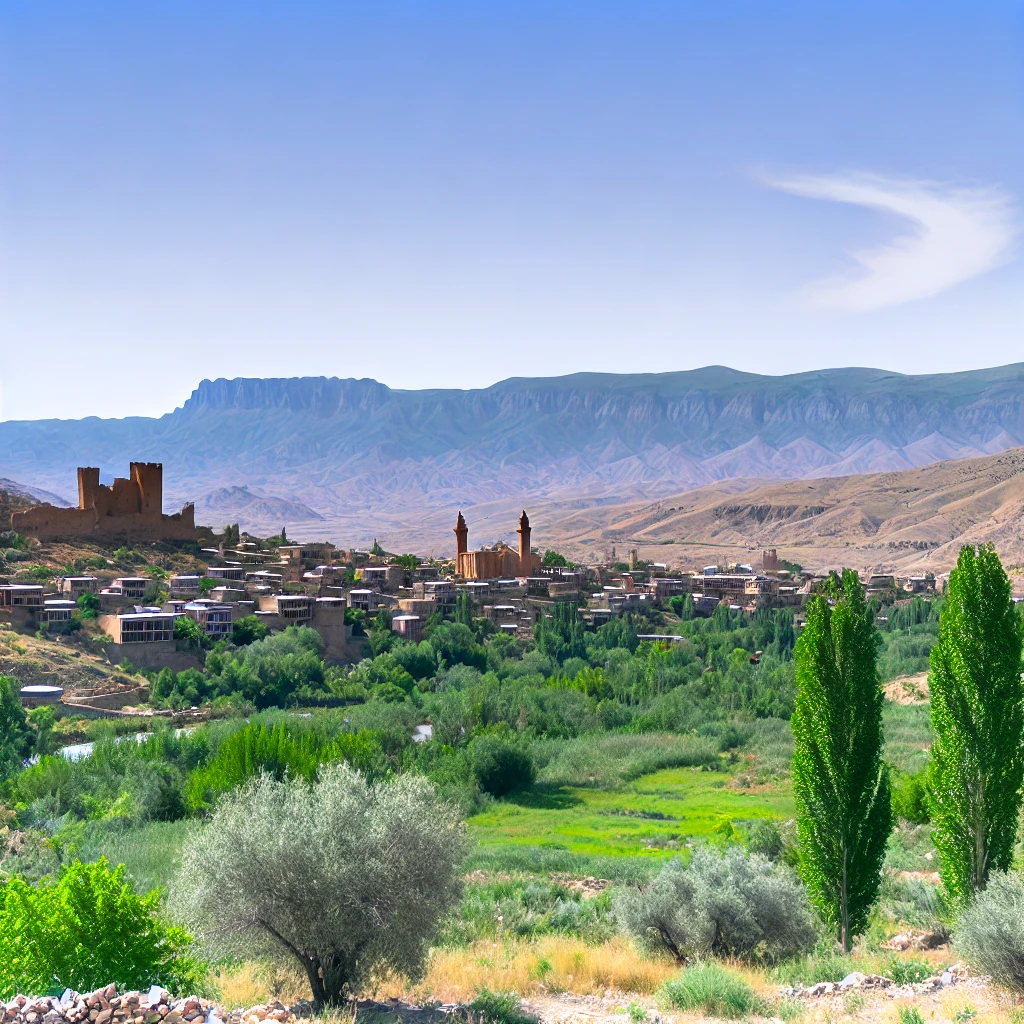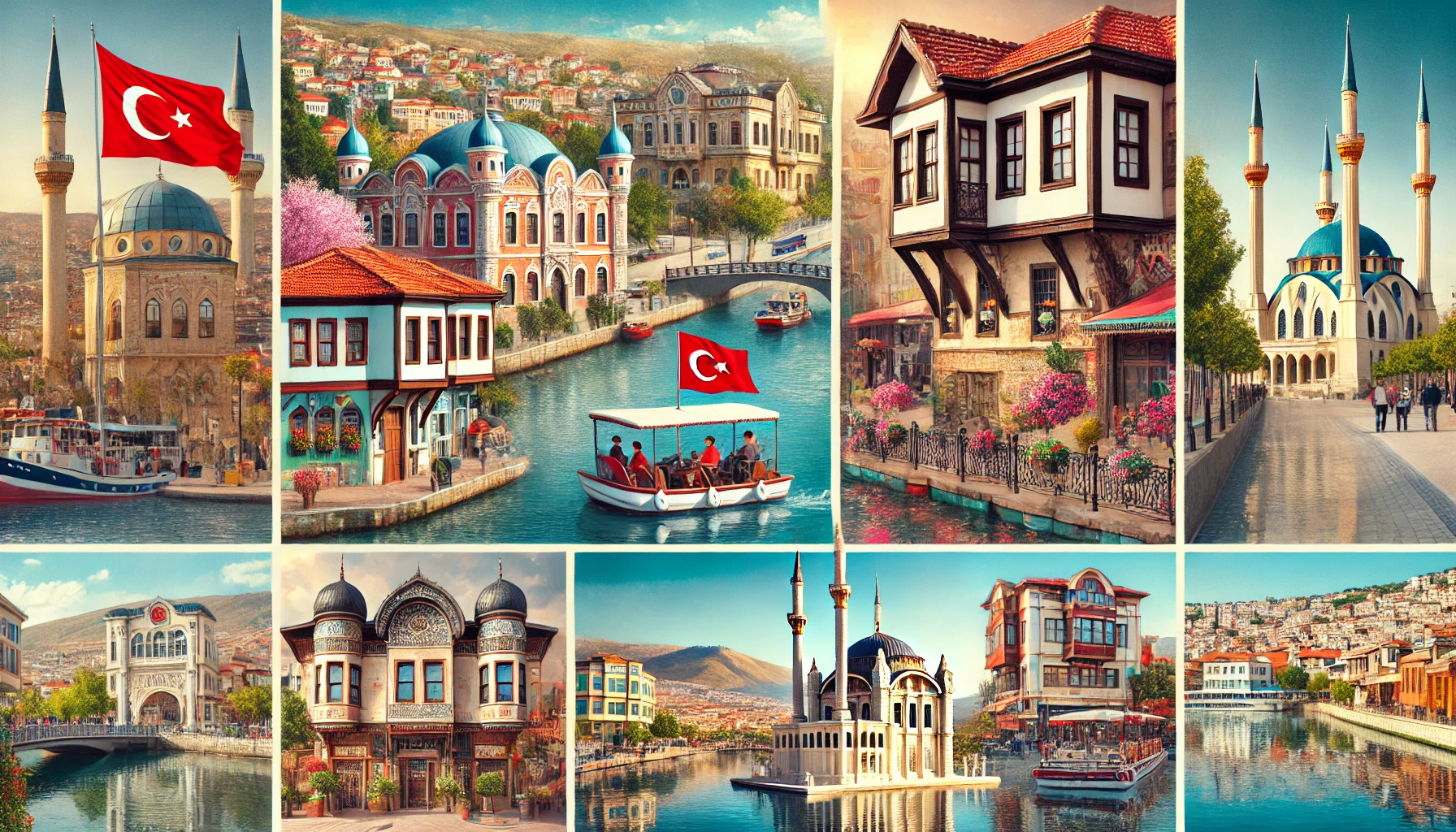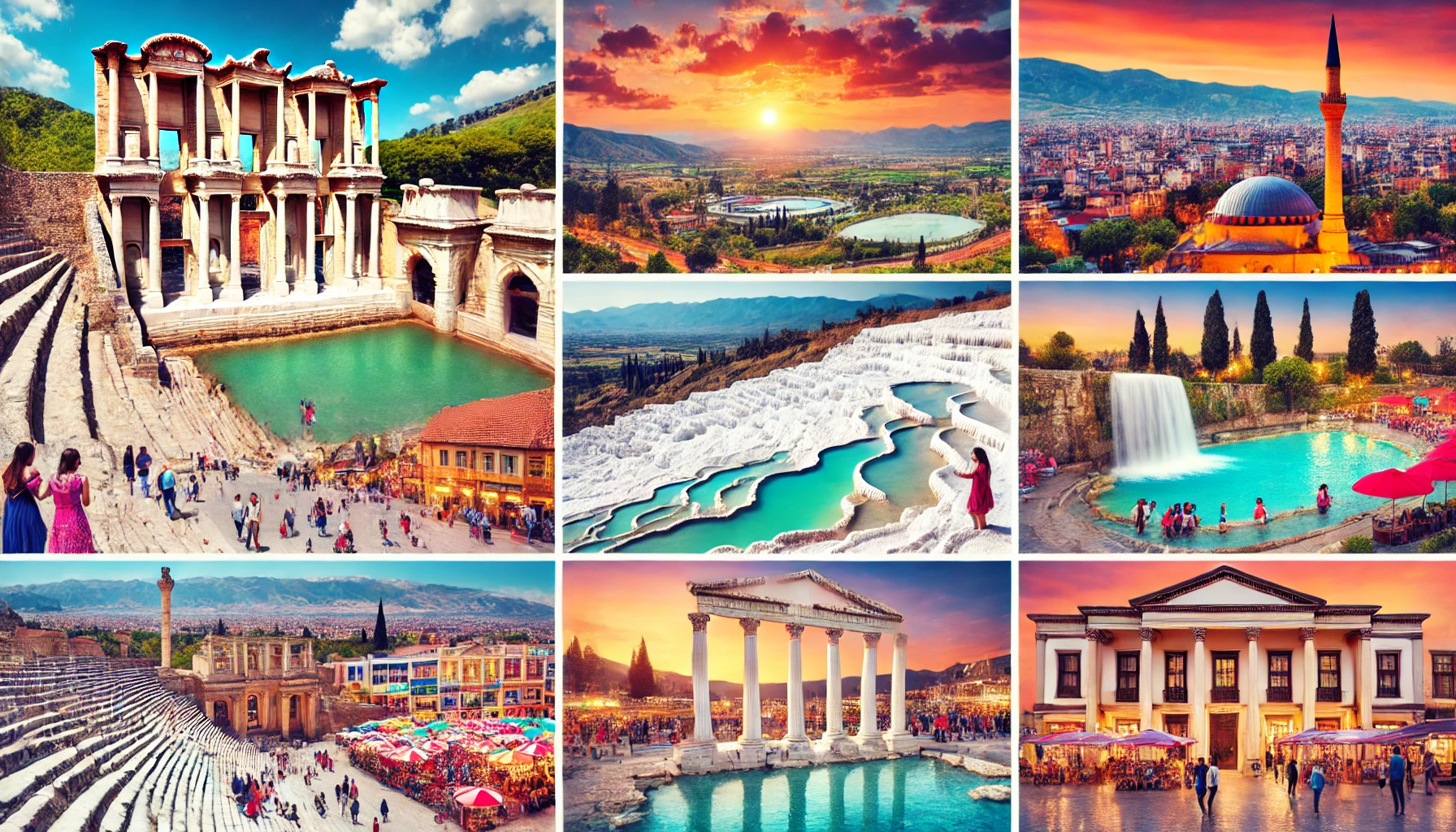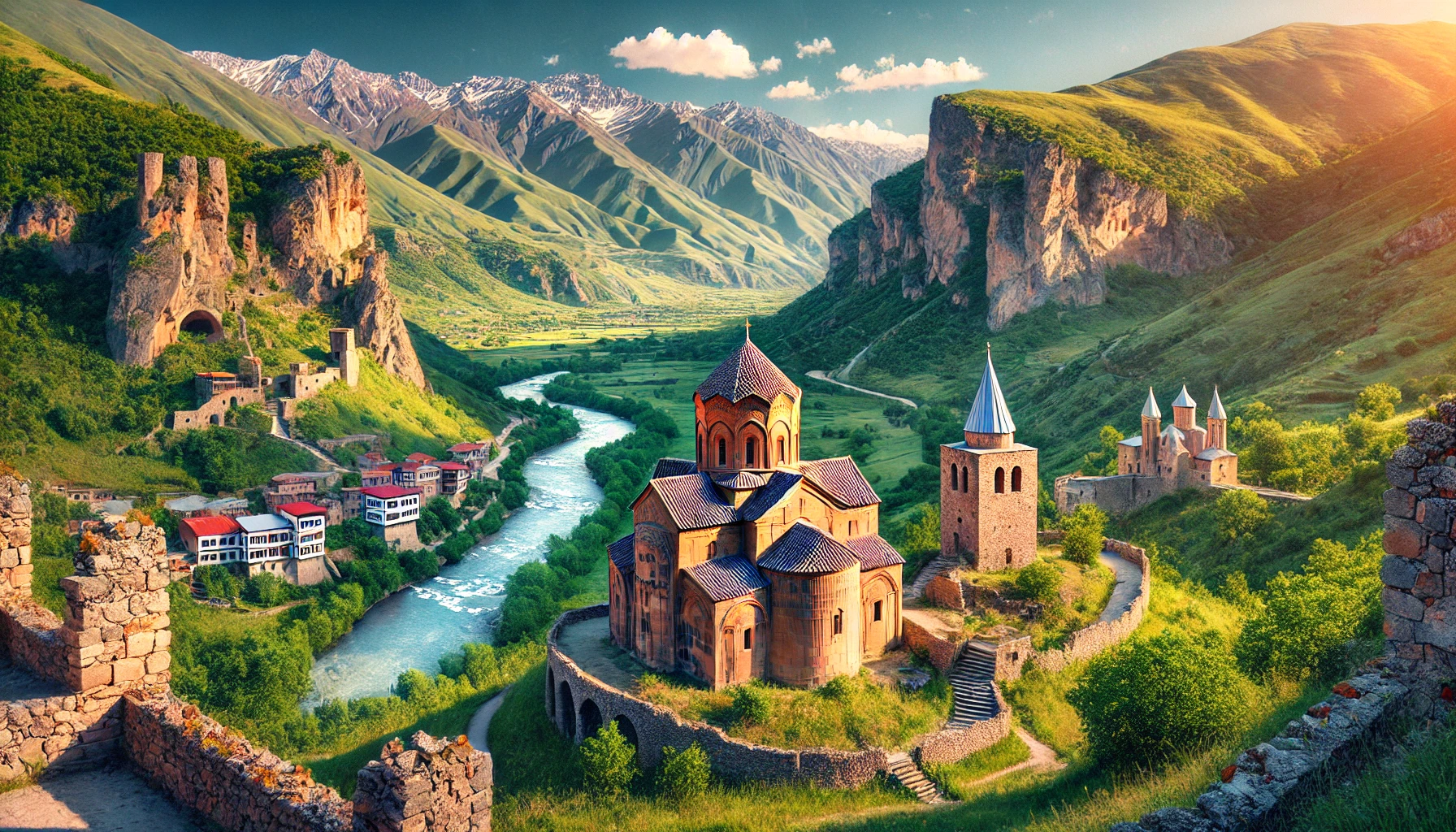Unveiling the Splendor of the Hippodrome: The Heart of Byzantine Constantinople
The Hippodrome of Constantinople, known today as Sultanahmet Square, is a historical gem in Istanbul, Turkey. This ancient circus, once the sporting and social center of Constantinople, has witnessed centuries of history, from its Byzantine glory days to its present status as a vibrant public square. In this article, we will explore the fascinating history, architectural wonders, and cultural significance of the Hippodrome, offering an engaging read for travel enthusiasts and history buffs alike.
The Origins and Construction of the Hippodrome
Byzantine Beginnings
The Hippodrome of Constantinople predates the city’s rise as an imperial capital. Originally built when the city was known as Byzantium, a provincial town of moderate importance, the first Hippodrome was commissioned by Emperor Septimius Severus in AD 203. This arena for chariot races and other entertainment marked the beginning of the Hippodrome’s storied history.
The Reign of Constantine the Great
In AD 324, Emperor Constantine the Great decided to refound Byzantium, renaming it Nova Roma, though it soon became known as Constantinople. Constantine greatly enlarged the city, and one of his major undertakings was the renovation and expansion of the Hippodrome. The Hippodrome of Constantine was approximately 450 meters long and 130 meters wide, with a U-shaped race-track, stands that could hold 100,000 spectators, and the Kathisma (emperor’s lodge) at the eastern end of the track.
Architectural Marvels of the Hippodrome
The Grand Structure
The Hippodrome of Constantinople was a grand structure adorned with statues of gods, emperors, animals, and heroes. Among its famous works were a 4th-century BC Heracles by Lysippos, the Romulus and Remus with the she-wolf Lupa, and the Serpent Column from the 5th century BC. The spina, the middle barrier of the racecourse, was adorned with various monuments, including the Obelisk of Thutmose III and the Walled Obelisk.
The Kathisma and the Great Palace
The Kathisma, located at the eastern end of the track, was the emperor’s lodge and could be directly accessed from the Great Palace through a passage. This design allowed the emperor to attend events at the Hippodrome while maintaining a degree of separation from the public.
The Hippodrome as a Social and Political Hub
Chariot Races and Public Spectacles
Throughout the Byzantine period, the Hippodrome was the center of the city’s social life. Chariot races were immensely popular, with huge amounts bet on the outcomes. Initially, four teams—Blues (Venetoi), Greens (Prasinoi), Reds (Rousioi), and Whites (Leukoi)—competed, although the Reds and Whites gradually weakened and were absorbed by the Blues and Greens.
Political and Religious Rivalries
The Hippodrome was also a venue where political discussions took place, often becoming intertwined with the rivalries between the Blues and Greens. These factions sometimes engaged in riots, the most severe of which was the Nika riots of 532, resulting in the deaths of an estimated 30,000 people and the destruction of many buildings, including the second Hagia Sophia.
The Decline and Transformation of the Hippodrome
The Fourth Crusade and Aftermath
The Hippodrome never recovered from its sack during the Fourth Crusade in 1204. Although the Byzantine Empire survived until 1453, the Hippodrome fell into ruin, with its statues and monuments looted by the Venetians. The Ottomans, who captured Constantinople in 1453, were not interested in chariot racing, leading to the gradual neglect and transformation of the site.
Modern Day Sultanahmet Square
Today, the site of the Hippodrome is known as Sultanahmet Square. The course of the old racetrack has been marked with paving, and several ancient monuments, including the Obelisk of Thutmose III, the Walled Obelisk, and the Serpent Column, remain as excavated artifacts in a landscaped garden. The German Fountain, constructed to commemorate the visit of German Emperor Wilhelm II, stands at the northern entrance to the square.
The Monuments of the Hippodrome
The Serpent Column
The Serpent Column, originally part of the sacrificial tripod of Plataea, was brought to Constantinople by Constantine from the Temple of Apollo at Delphi. This monument, cast to celebrate the Greek victory over the Persians, stands as a testament to the city’s rich history.
The Obelisk of Thutmose III
The Obelisk of Thutmose III was brought from Egypt by Emperor Theodosius the Great in 390. Originally erected at the Temple of Karnak in Luxor, this pink granite obelisk now stands prominently in Sultanahmet Square.
The Walled Obelisk
Built by Emperor Constantine Porphyrogenitus in the 10th century, the Walled Obelisk was originally covered with gilded bronze plaques, later looted during the Fourth Crusade. The stone core of the obelisk remains a significant historical artifact.
The Cultural Legacy of the Hippodrome
A Hub of Social and Political Life
The Hippodrome was more than just a sporting arena; it was a hub of social and political life in Byzantine Constantinople. The races and events held here provided rare opportunities for the emperor to interact with the common citizens, and the political discussions and rivalries that played out within its walls had far-reaching implications for the empire.
A Symbol of Byzantine Grandeur
The remains of the Hippodrome, including its monuments and statues, serve as enduring symbols of Byzantine grandeur and the rich cultural heritage of Istanbul. The site continues to attract visitors from around the world, eager to explore its historical significance and architectural beauty.
Conclusion: Embrace the Legacy of the Hippodrome
The Hippodrome of Constantinople is a testament to the city’s rich history, from its days as a bustling Byzantine capital to its transformation into modern-day Istanbul. Its architectural marvels, historical significance, and cultural legacy make it a must-visit destination for travelers and history enthusiasts alike.
For more information on planning your visit to this historic landmark and exploring other fascinating destinations in Turkey, check out Travel Turkey. Embrace the legacy of the Hippodrome and discover the wonders of Istanbul’s past and present.
Latest Update: Aug 5, 2024
Your Content Goes Here
TAGS: Byzantine architecture, Byzantine history, chariot races, Hippodrome of Constantinople, historical landmarks, Istanbul, Nika riots, Obelisk of Thutmose III, political rivalries, Serpent Column, Sultanahmet Square, travel Istanbul, Walled Obelisk
A brief summary of the key points in this article.
Latest Travel Guides
Weather Today in Hippodrome of Constantinople, Turkey
Location: Istanbul
Temperature: 12.31°C
Condition: Clear sky

